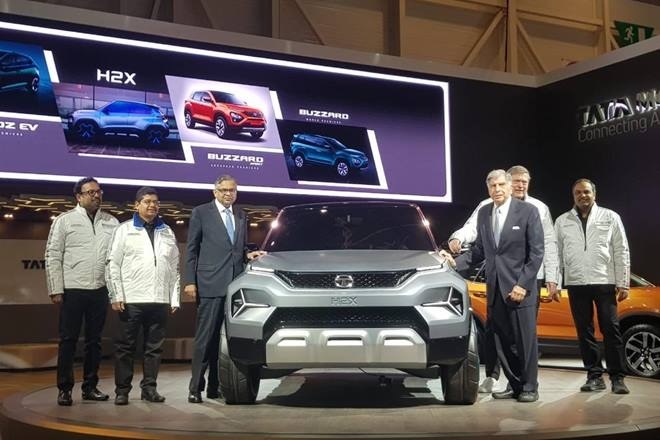When the Nexon got its 5-star rating as of last year, Tata Motors announced that it was just the beginning for the brand. They said that they would ensure that all Tata Motors would meet the highest levels of global safety. In fact, aside from Government set mandates the company said they would, in fact, aspire to conform to the five-star ratings set by the Global NCAP which is much higher than those set by the Government. The company says that they will also try to bring this safety to their Electric offerings going forward.
Speaking to the press on the sidelines of their massive showcase at the Geneva Motor Show, MD & CEO Guenter Butschek of Tata Motors said, that they wanted the 5-Star Global NCAP to be the new norm for Tata Motors, saying that if there is the star to be had Tata Motors would try to achieve them. With upgradation in safety features and making models conform to better emission norms, vehicle prices may, however, go up, he pointed out. “Customers need to be educated on the importance of safety …it is not going to come free…the consumer who goes with a mindset of discounts will have to shell out more due to changing regulatory requirements,” Butschek said.
However, consequentially the price for this added safety will have to be borne by the customers themselves. In fact, CTO at Tata Motors Rajendra Petkar said that many other companies will be faced with tough decisions for products whos transition might be encumbered by the platform architecture. On which front Tata seems to have it down, all new products under the brands banner would be based on their two new pathbreaking architectures — optimal modular efficient global advanced (OMEGA) and agile light advanced architecture (ALFA). While the ALFA architecture is going to cover all vehicles from 3.7 meters to 4.3 meters the OMEGA architecture is going to accommodate all products from 4.3 meters and above region. Even older platforms like the X0 based Tata Tigor and the Tiago will be ready to take on the challenge, however sans diesel variants, the smaller diesels’ (As we had known for a while will not be cost effective or competitive once BS6 norms are in place).
The vehicles would also conform to offset frontal crash and side impact crash tests at 64km/hr, Petkar said. In order to homologate vehicles currently, Indian regulatory authorities crash test vehicles at 56 km/hr. When asked if the company can also make its current products conform to the 5-star rating, Petkar said: “There is a cost element in that but we are looking at it now. It is a possibility.” On fuel options going ahead in its models, he said that Tiago and Tigor will feature only petrol powertrains beyond 2020. He also confirmed petrol engine for Harrier range going ahead.
